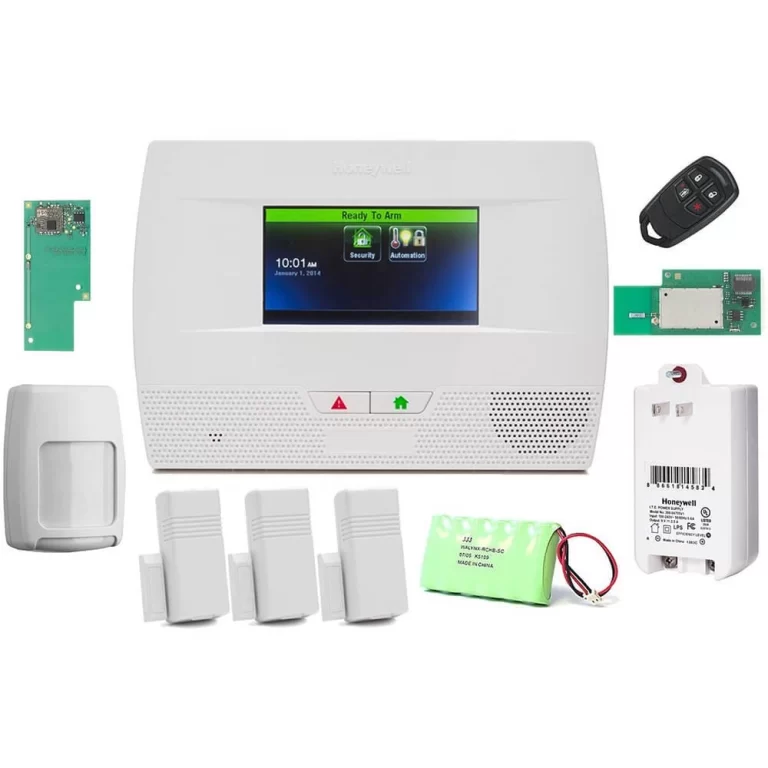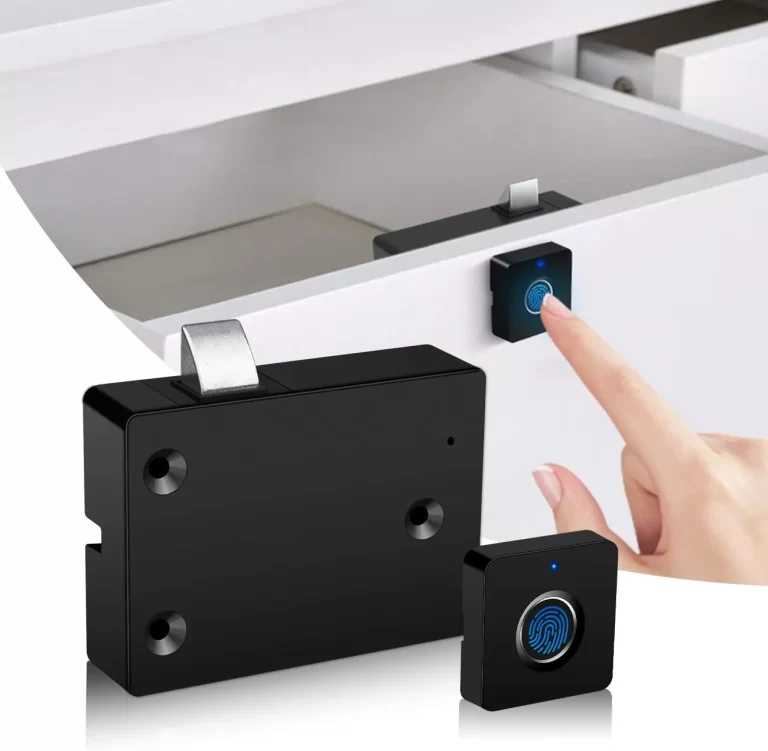10 Ways to Save Energy in Your Home
Discover the top 10 ways to save energy in your home and reduce your carbon footprint. Learn practical tips and tricks to optimize energy efficiency for a sustainable future.

10 Ways to Save Energy in Your Home
Whether you’re a homeowner, renter, or simply looking to make your living space more energy-efficient, this article will provide you with valuable insights and actionable tips on 10 ways to save energy in your home.
From small changes in daily habits to larger home improvement projects, you’ll find a range of solutions to suit your needs and budget.
Let’s dive in and discover how you can save energy while making a positive impact on the environment.
1. Energy-Efficient Lighting
One of the easiest and most impactful ways to save energy is by switching to energy-efficient lighting options. Replace traditional incandescent bulbs with LED or CFL bulbs.
LED bulbs, in particular, use up to 80% less energy and last significantly longer than incandescent bulbs. By making this simple change, you can save money on your energy bills while reducing your carbon footprint.
2. Unplug Electronics and Appliances
Even when not in use, electronics and appliances draw power in standby mode. This phenomenon is known as “phantom energy” or “vampire power.”
Unplugging devices or using smart power strips can prevent this wasteful energy consumption. By doing so, you can potentially save up to 10% on your electricity bill.
3. Optimize Home Insulation
Proper home insulation can make a significant difference in energy efficiency. Insulate your walls, attic, and floors to keep the desired temperature inside your home.
This helps to reduce the need for excessive heating or cooling, ultimately saving energy and reducing your heating and cooling costs.
4. Programmable Thermostats
Investing in a programmable thermostat allows you to regulate your home’s temperature efficiently. Set it to lower temperatures during winter nights and raise them in the morning, and vice versa in summer.
This way, you can ensure optimal comfort while minimizing energy consumption.
5. Seal Air Leaks
Air leaks around doors, windows, and vents can lead to significant energy loss. Seal these gaps using weatherstripping or caulk to prevent drafts and heat loss.
By doing so, you can enhance your home’s energy efficiency and create a more comfortable living environment.
6. Energy-Efficient Appliances

When it’s time to replace old appliances, opt for energy-efficient models with the ENERGY STAR label.
These appliances are designed to consume less energy while providing the same or even better performance than their conventional counterparts.
Upgrading to energy-efficient appliances can lead to long-term energy savings and reduced greenhouse gas emissions.
7. Smart Home Technology
Embrace smart home technology to control your energy usage more effectively. Smart thermostats, smart lighting systems, and smart power outlets allow you to manage your home’s energy consumption remotely.
With these devices, you can schedule and monitor your energy use, leading to substantial energy savings.
8. Energy-Efficient Windows
If you’re looking to make more significant home improvements, consider upgrading to energy-efficient windows.
I design these windows with insulating properties, preventing heat loss during winter and heat gain during summer. Energy-efficient windows not only save energy but also enhance your home’s aesthetics and value.
9. Use Cold Water for Laundry
Heating water for laundry consumes a significant amount of energy. Switching to cold water for your laundry can lead to substantial energy savings.
Additionally, opt for energy-efficient washing machines and dryers, which consume less energy per load.
10. Energy Audit and Conservation
Conducting an energy audit can help identify areas of improvement in your home’s energy consumption. Many utility companies offer free or discounted energy audits to their customers.
Once you identify areas of concern, take the necessary steps to address them, whether it’s by adding more insulation, upgrading appliances, or adopting energy-saving practices.
Conclusion
Saving energy in your home not only benefits your wallet but also contributes to a greener planet.
By implementing the strategies mentioned in this guide, you can take meaningful steps towards reducing your carbon footprint and creating a more sustainable living environment.
Embrace energy-saving practices as part of your daily routine and inspire others to join the movement for a brighter, energy-efficient future.
READ ALSO!!!




